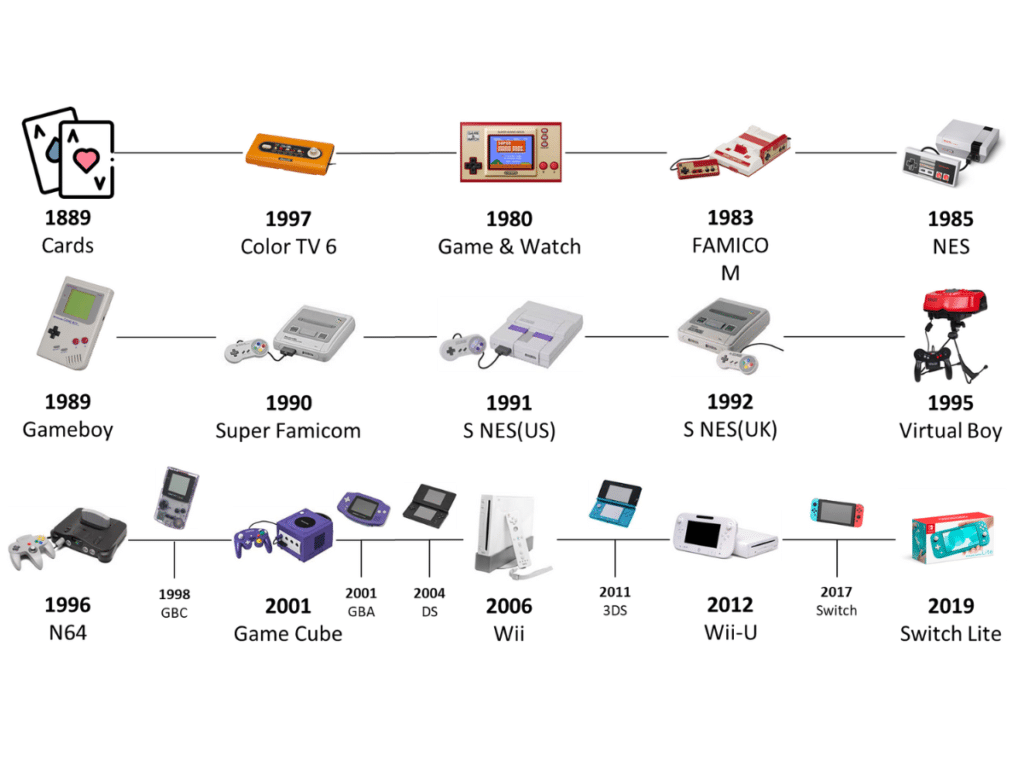Nintendo, a name synonymous with video gaming, has a rich and storied history that spans over a century. From its humble beginnings as a playing card company to becoming a global leader in the gaming industry, Nintendo‘s journey is marked by innovation, creativity, and an unwavering commitment to entertainment. This article delves into the fascinating history of Nintendo and how it evolved to dominate the gaming world.
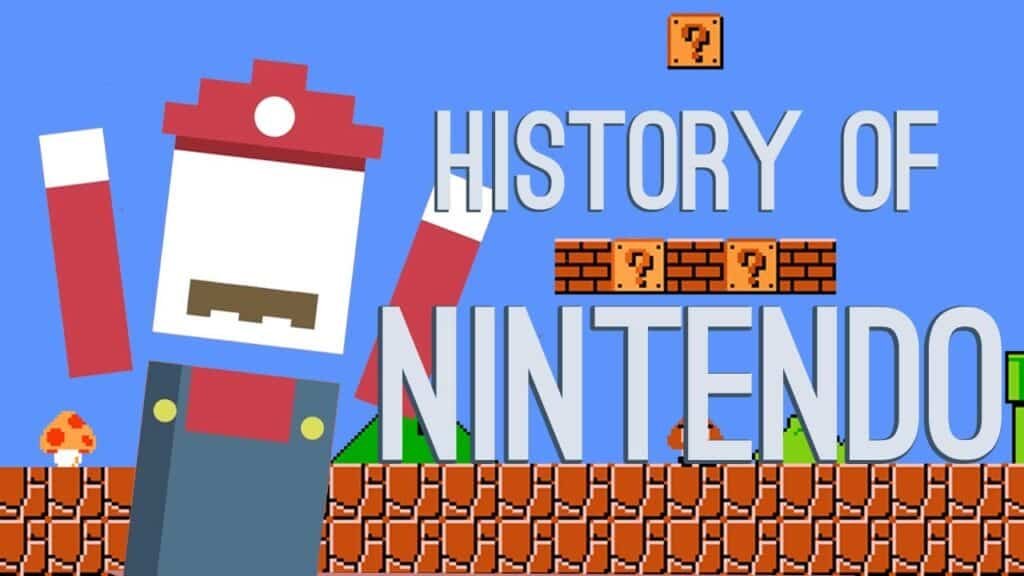
Early Beginnings: Playing Cards and More
1889: Founding as a Playing Card Company
Nintendo was founded on September 23, 1889, by Fusajiro Yamauchi in Kyoto, Japan. Originally named “Nintendo Koppai,” the company started as a manufacturer of handmade playing cards known as “Hanafuda.” These cards quickly gained popularity in Japan, and Nintendo became a leading producer of playing cards.
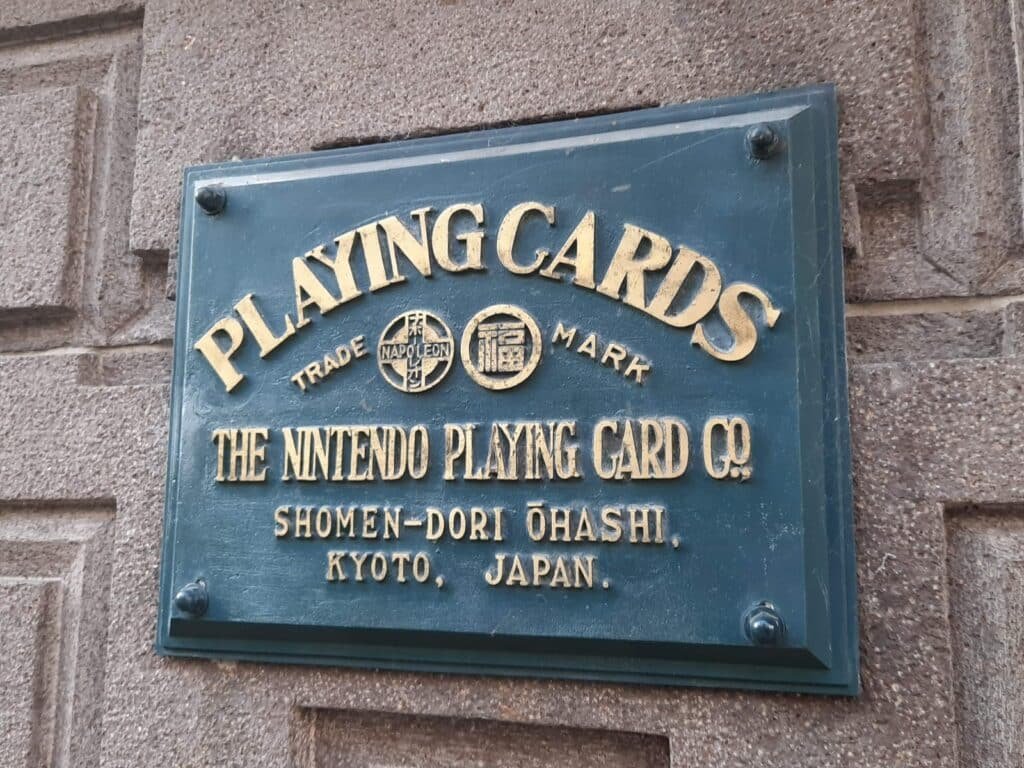
1929-1949: Diversification and Struggles
Under the leadership of Fusajiro’s grandson, Hiroshi Yamauchi, Nintendo explored various business ventures, including a taxi company, a love hotel chain, and a food company producing instant rice. However, these ventures did not achieve significant success, prompting a return to the playing card business.

Entering the Toy Market
1960s: Transition to Toys
In the 1960s, Nintendo began transitioning into the toy market. The company’s first major success in this new venture came with the Ultra Hand, an extendable arm toy that became a hit in Japan. This period also saw Nintendo experimenting with electronic toys, setting the stage for its future in electronic entertainment.
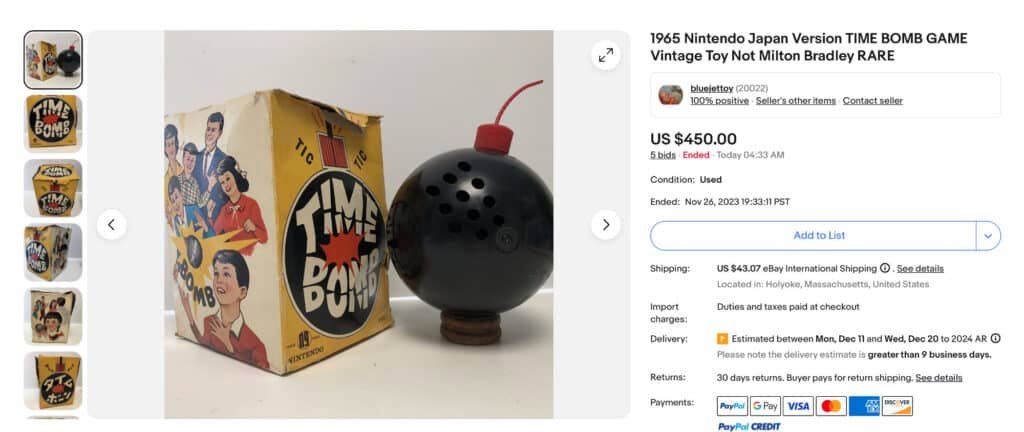
The Birth of Video Games
1970s: The Dawn of Video Games
Nintendo’s foray into the video game industry began in the 1970s. The company produced its first electronic video game, the Color TV-Game series, which consisted of home video game consoles released in Japan. These early consoles laid the groundwork for Nintendo’s future successes.
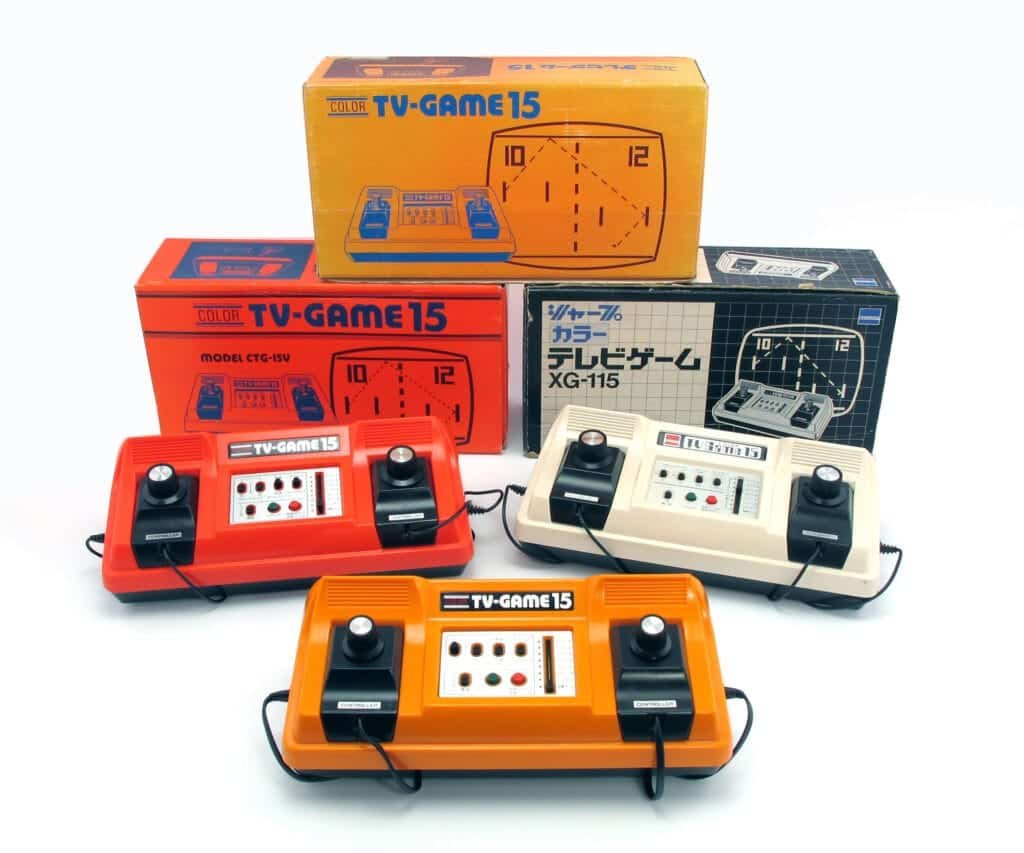
1980: Introduction of Game & Watch
In 1980, Nintendo introduced the Game & Watch, a series of handheld electronic games designed by Gunpei Yokoi. The Game & Watch series featured a simple LCD screen and became hugely popular, selling millions of units worldwide. This success demonstrated the potential of portable gaming and set the stage for Nintendo’s next big leap.
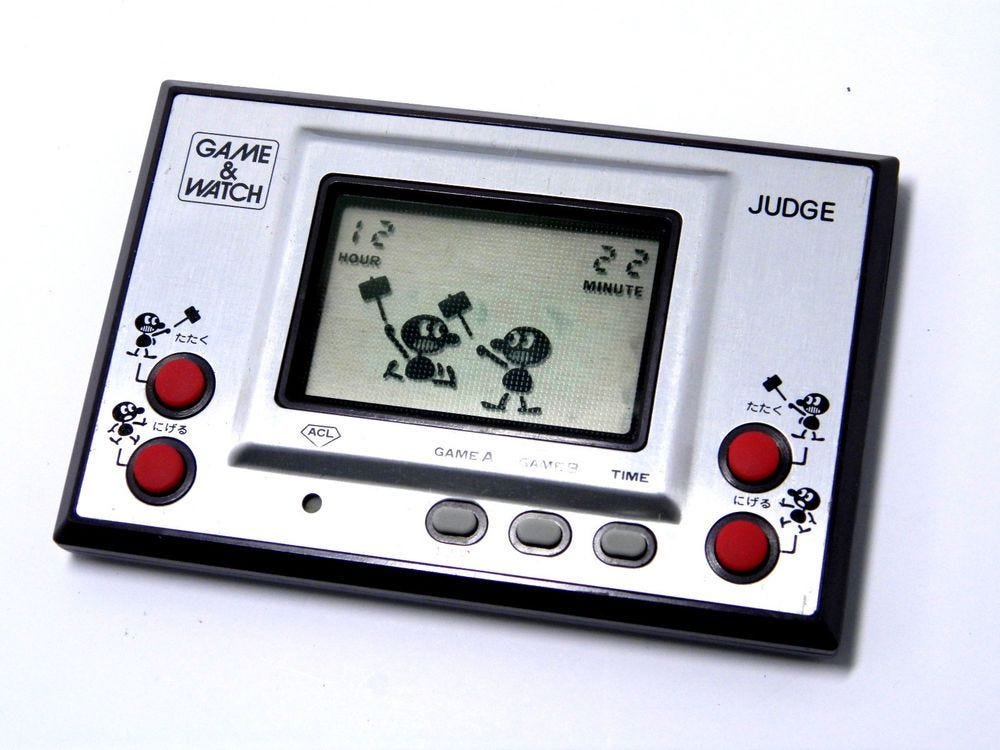
The Golden Age of Gaming
1983: Launch of the Famicom/NES
In 1983, Nintendo launched the Family Computer (Famicom) in Japan, which was later released as the Nintendo Entertainment System (NES) in North America in 1985. The NES revolutionized the gaming industry with its advanced graphics, sound capabilities, and a robust library of games. Iconic titles like “Super Mario Bros.” and “The Legend of Zelda” captivated audiences and cemented Nintendo’s place in gaming history.
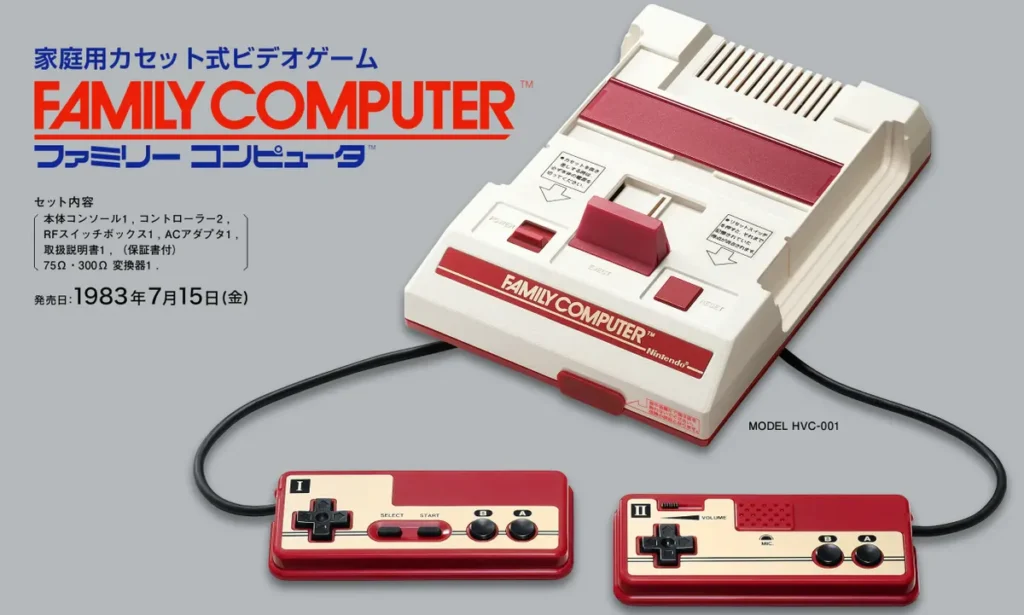
1989: Game Boy Revolution
The release of the Game Boy in 1989 marked another milestone for Nintendo. Designed by Gunpei Yokoi, the Game Boy was a portable gaming device that featured interchangeable cartridges, allowing players to switch games easily. With its long battery life and popular games like “Tetris” and “Pokémon,” the Game Boy became a global sensation, selling over 118 million units.
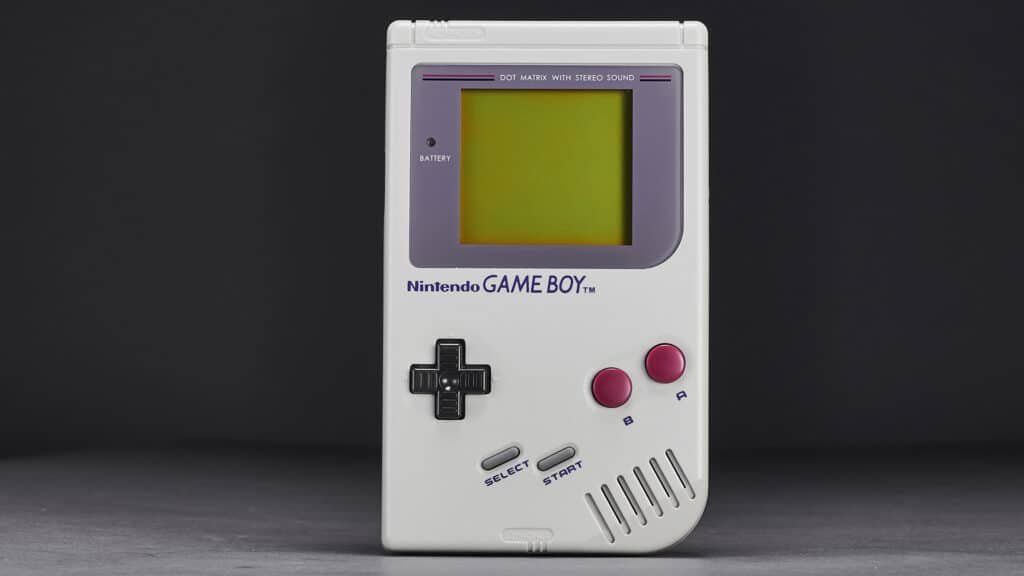
Innovation and Expansion
1990s: SNES and Beyond
The 1990s saw Nintendo continuing to innovate with the release of the Super Nintendo Entertainment System (SNES) in 1990. The SNES offered improved graphics and sound, and titles like “Super Mario World” and “The Legend of Zelda: A Link to the Past” further solidified Nintendo’s reputation for quality gaming experiences.
In 1996, Nintendo released the Nintendo 64, introducing 3D gaming to a broader audience. Games like “Super Mario 64” and “The Legend of Zelda: Ocarina of Time” set new standards for game design and remain influential to this day.
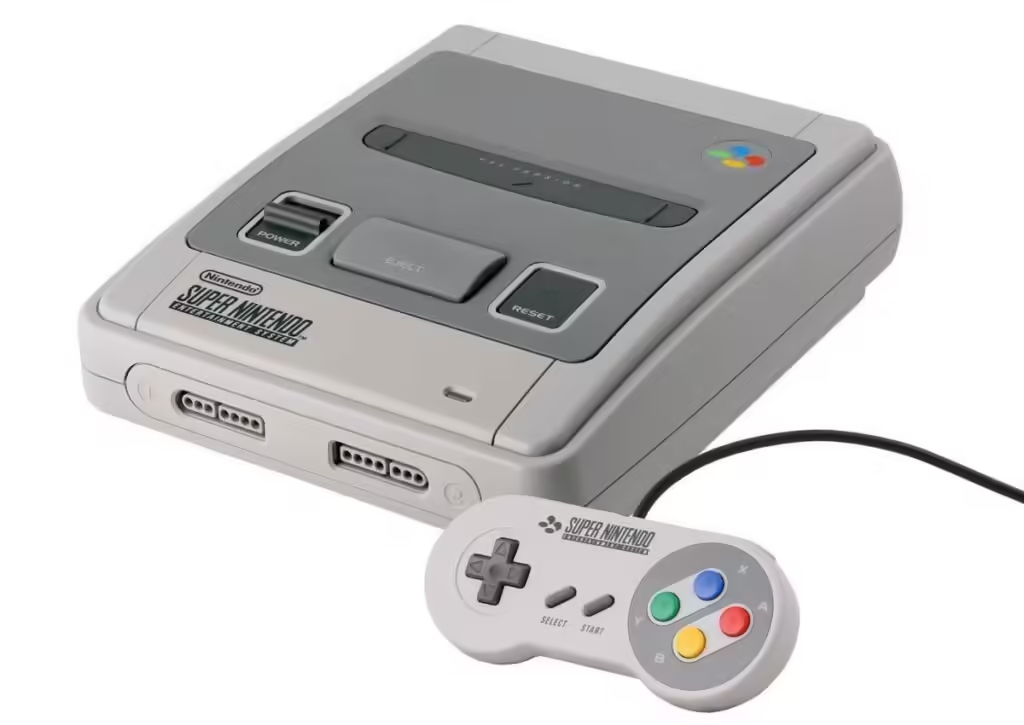
2000s: GameCube and the Rise of the Wii
The early 2000s were a period of mixed success for Nintendo. The GameCube, released in 2001, faced stiff competition from Sony’s PlayStation 2 and Microsoft’s Xbox. Despite strong titles like “Super Smash Bros. Melee” and “Metroid Prime,” the GameCube struggled to capture a significant market share.
However, Nintendo made a remarkable comeback with the release of the Wii in 2006. The Wii’s innovative motion controls and accessible gameplay appealed to a wide audience, including non-traditional gamers. With hit titles like “Wii Sports” and “The Legend of Zelda: Twilight Princess,” the Wii became a commercial success, selling over 101 million units.
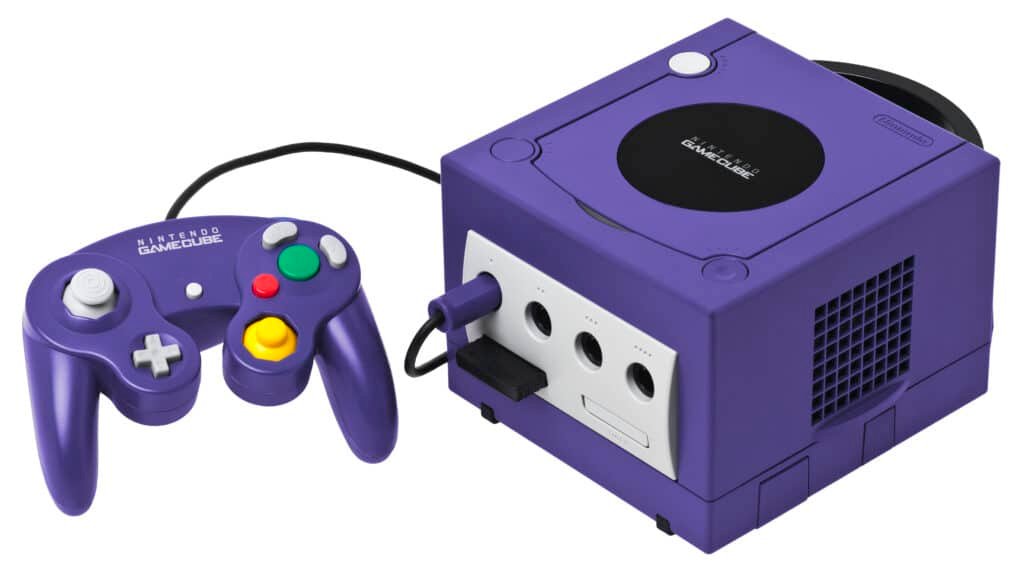
Modern Era and Continued Success
2010s: The Advent of the Switch
Nintendo faced challenges with the Wii U, released in 2012, which failed to replicate the success of the Wii. However, the company rebounded with the launch of the Nintendo Switch in 2017. The Switch’s hybrid design, allowing it to function as both a home console and a portable device, resonated with gamers. Critically acclaimed titles like “The Legend of Zelda: Breath of the Wild” and “Super Mario Odyssey” helped the Switch achieve tremendous success, with over 89 million units sold by 2021.
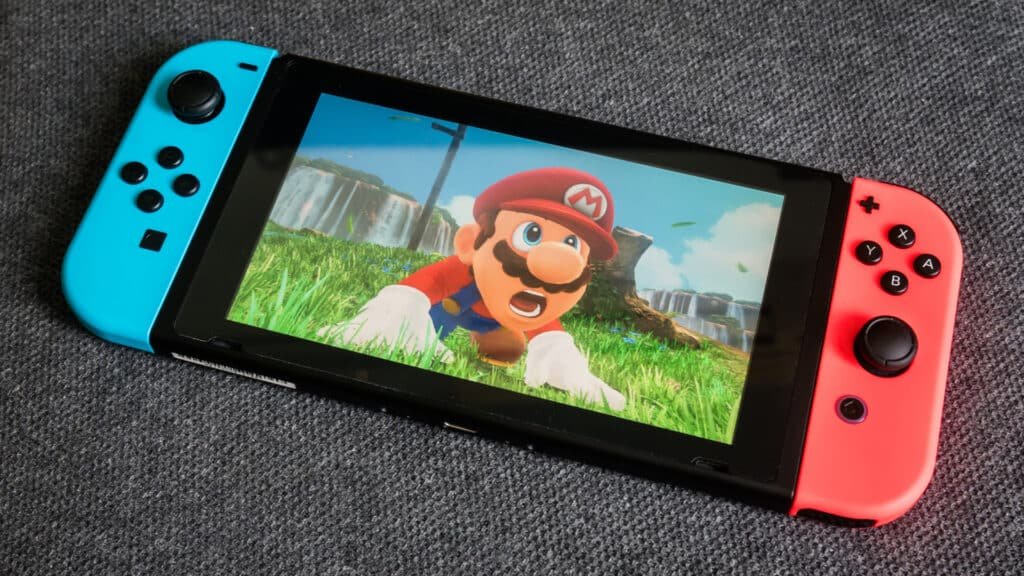
The Future of Nintendo
As Nintendo continues to innovate and adapt to the ever-changing gaming landscape, the company’s future looks promising. With a strong lineup of upcoming titles, ongoing support for the Switch, and potential new hardware on the horizon, Nintendo remains a dominant force in the gaming industry.

Conclusion
From its origins as a playing card company to its position as a global gaming giant, Nintendo’s history is a testament to its ability to innovate and adapt. Through decades of change and competition, Nintendo has consistently delivered memorable gaming experiences that have captivated audiences worldwide. As the company looks to the future, its legacy of creativity and excellence continues to shape the world of entertainment.
